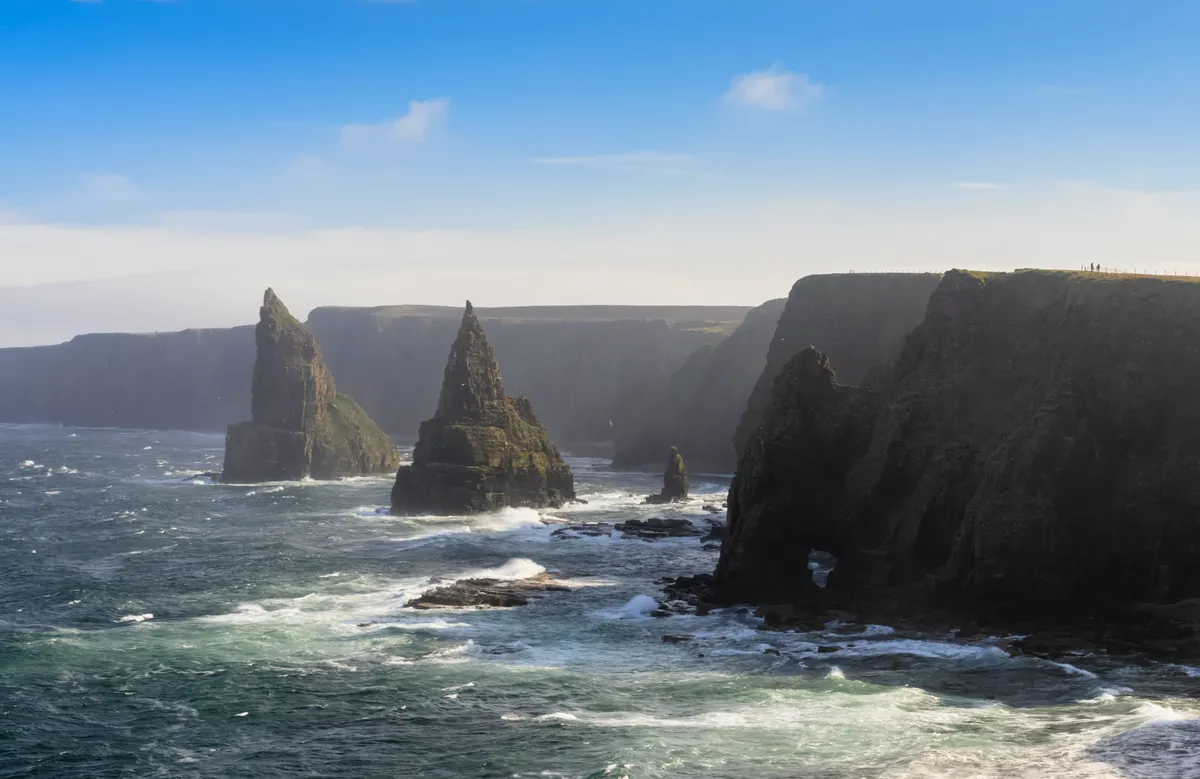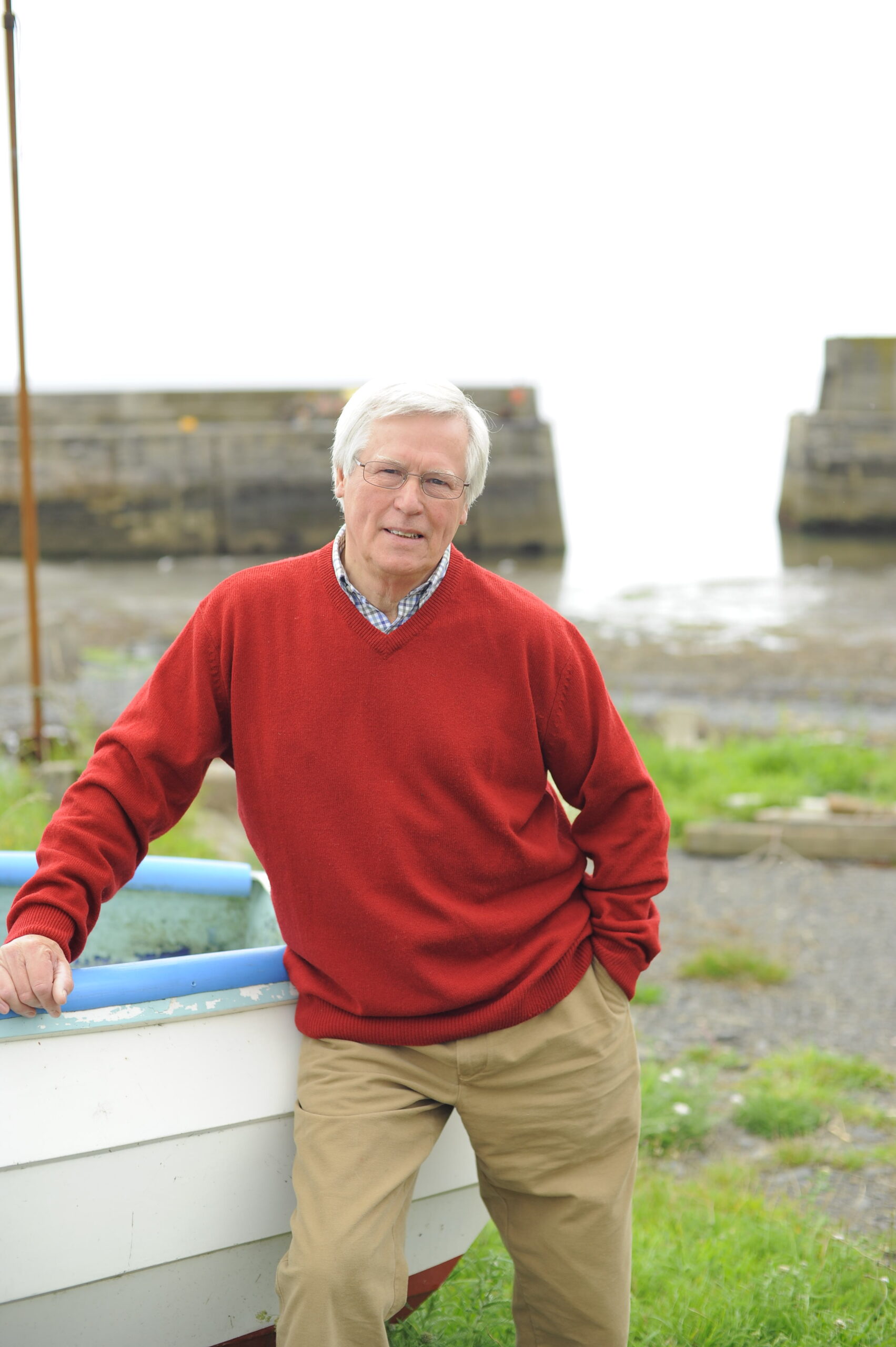From the wild mountains in the north to the rolling hills of the south, much of Scotland’s countryside is owned by a relatively small number of private landowners and public bodies. But a shake-up is underway that could result in local communities taking over when big estates come up for sale.
- John Craven: Bison and pigs are natural agents of rewilding
- John Craven: The frightening and costly reality of coastal erosion
- John Craven: the Ramblers’ new president will break down barriers
Fairer, greener Scotland
For centuries, the lairds were all-powerful, but in recent years many have been selling out to investors, such as Anders Holch Povlsen, the Danish billionaire who now owns 89,400 hectares of Scotland. With this has come growing concern about the adverse effects of scale, when so many of the nation’s natural resources are in so few hands. Campaigners say that knowing who owns and controls the land is crucial in building a “fairer, greener Scotland”.
It’s thought that 2.6% of the country (around 86,000 hectares) is community owned but a new land reform bill, due before the Scottish Parliament this year, will herald changes.
“It aims to improve transparency of land ownership, help ensure that large-scale land holdings deliver in the public interest and empower communities by providing more opportunities to own land and have more say in how land in their area is used,” says Mairi Gougeon, the Government’s rural affairs and land reform secretary.
At the same time, Crown Estates Scotland, which manages land owned by the King but with profits going to the Scottish Government, is working on a significant new scheme. Using its wealth, power and experience it would buy country estates that come on the market and ‘put them on hold’ until local communities manage to raise enough money to take them over.

A rise in crofts
With land prices soaring, experts say this intervention is vital, especially in the Highlands and Scottish Islands with their unique tradition of crofting. Crofts are small patches of agricultural land, most of them tenanted.
Donald MacKinnon, chair of the Scottish Crofting Federation, tells me there is big demand for more crofts, and it’s not only private estates that should be utilised.
“A lot of land is held publicly in Scotland between the Crown Estates, the forestry authorities and the Government itself,” he says.
“I think there should be a move to see more of this land transferred into community ownership and control. We would like to see ‘re-people-ing’ in places where historically they haven’t been for generations, and crofting is a mechanism for doing that.”
Donald is one of 920 active crofters on the islands of Lewis and Harris in the Western Isles, where 70% of land is community owned.
“People-led buyouts can apply for finance from the Scottish government”
Across the nation, people-led buyouts can apply for financial assistance from the Scottish government’s special fund, which hands out £11m a year to “support rural and local communities become more resilient and sustainable through ownership of land and land assets”.
Last year, the fund contributed £1m towards the south of Scotland’s biggest-ever community buyout, turning hundreds of hectares at Langholm into a nature reserve. New jobs are being created and plans include more eco-tourism.
The buyout mirrors a trend among new estate owners favouring rewilding and other green projects, which must be of concern to Scotland’s traditional rural income providers: grouse shooting and deer stalking.
